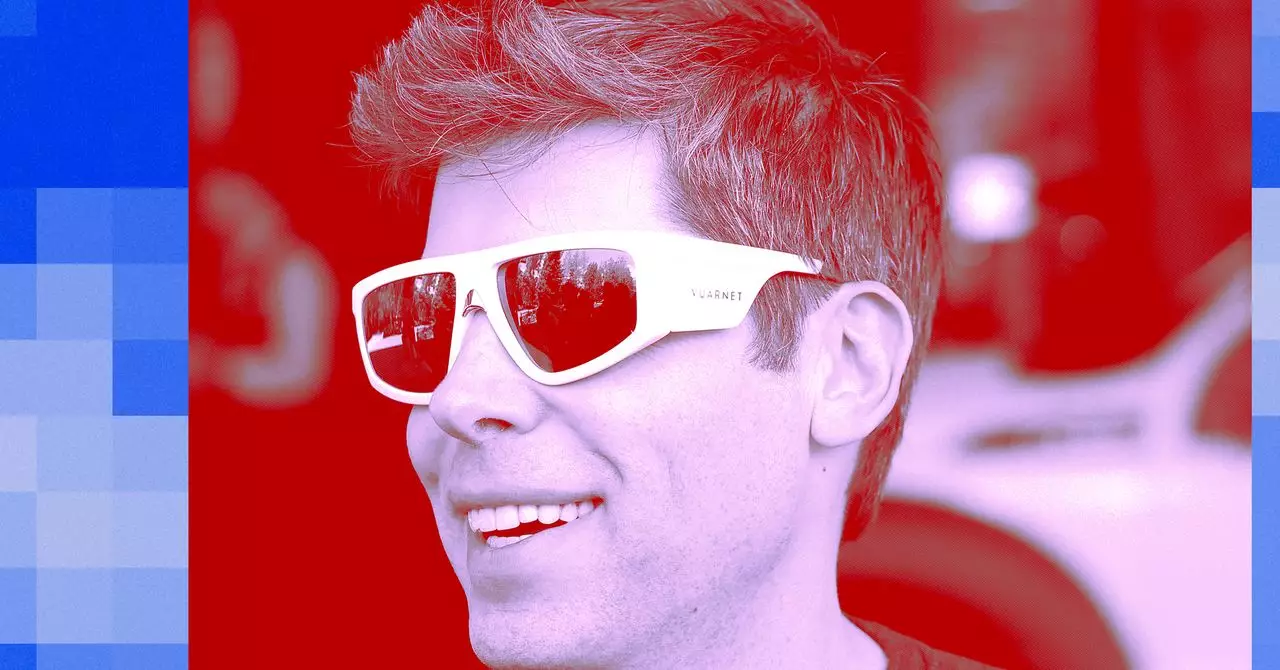In the rapidly evolving landscape of artificial intelligence, few agreements have the potential to redefine the balance of power quite like The Clause between Microsoft and OpenAI. This contractual stipulation, largely unnoticed by the public until recent controversies, encapsulates the core struggle over who will dominate the dawn of artificial general intelligence (AGI). As an AI researcher and industry analyst, I believe understanding The Clause is pivotal not just for grasping corporate strategies, but also for appreciating how technological sovereignty, future innovation, and economic interests are tangled together in this high-stakes race.
What makes The Clause remarkable is that it embeds a safeguard—the ability for OpenAI to withdraw access to its cutting-edge models once certain thresholds are achieved. This isn’t just a corporate clause; it’s a blueprint for how control over potentially revolutionary AI could be wielded, and it raises profound questions: Is this a prudent protective measure or a strategic lever that could stall progress? From my critical perspective, the latter seems increasingly plausible as the agreement reveals behind-the-scenes power struggles and the drive for maximum profit amid uncertainty about AI’s ultimate capabilities.
The Mechanics of Power: The Two Thresholds and Their Ambiguity
The core of The Clause rests on two defining conditions. The first involves whether OpenAI’s models have attained AGI — a system that outperforms humans in most economically valuable tasks. This standard is intentionally vague, giving considerable discretion to the OpenAI board, which can determine achievement based on their interpretation of “autonomy” and “performance.” The second criterion revolves around profitability, namely that the new models must generate enough value—estimated at over $100 billion—to satisfy investors and stakeholders.
What stands out boldly is the inherent ambiguity built into these thresholds. For one, the definition of AGI is nebulous, leaving room for subjective judgment and potential disputes about whether the milestone has been met. The inclusion of “sufficient AGI” as a profitability benchmark adds another layer of complexity. It’s not enough to develop the technology; it must also prove its economic viability, which depends heavily on market dynamics, regulatory landscapes, and the manner in which OpenAI chooses to interpret these vague standards.
From my critical stance, this lack of transparency appears deliberately designed to preserve flexibility for OpenAI, potentially allowing the company to decide when to withhold advanced models. Meanwhile, Microsoft’s position as a major investor and partner is inherently weakened once OpenAI reaches these thresholds, underscoring a subtle but relentless push for control over the most powerful AI technologies.
The Power Dynamics and Strategic Implications
The implications of The Clause extend far beyond contractual clauses; they highlight the existential tension between innovation and control, and between open collaboration and proprietary dominance. Microsoft’s strategic investments suggest a desire to access leading-edge AI for commercial applications—yet, the moment OpenAI deems its models sufficiently advanced or profitable, the balance of power shifts dramatically. This puts Microsoft on notice: their access to the most groundbreaking AI could disappear overnight.
This contractual arrangement exposes a broader tension within the AI industry—how do companies ensure innovation while safeguarding their competitive edges? The Clause demonstrates that any AI breakthrough could become a double-edged sword, where the very achievement that heralds progress also triggers restrictions and withdrawals. This creates a chilling effect: startups and research labs might hesitate to push their models toward true AGI if they fear losing control over their work.
Furthermore, the Clause reflects a broader societal debate about AI governance. Who should decide when AGI has been achieved? Should it be the AI’s creators, the investors, or regulatory bodies? The fact that OpenAI’s own governance is part of the decision-making process reveals a fundamental conflict of interest. It suggests that commercial considerations—especially profit—could overshadow the pursuit of safe and ethical AI development.
The Future of AI Control and Ethical Stakes
As AI technology inches closer to human-level intelligence, the stakes surrounding control become enormously high. The Clause’s existence indicates that powerful entities recognize the potential danger of unchecked AI development and seek mechanisms to pull back if things go awry. Yet, paradoxically, it also showcases a desire to harness AI’s transformative power for profit—risking a future where breakthroughs are kept under lock and key until their financial payoff is guaranteed.
In my view, this tug-of-war between innovation and restriction will intensify. The Clause reveals that corporate interests are prioritizing control over transparency and security. And this raises troubling questions: Are we prepared to cede ultimate authority over AI’s development to private corporations driven by profit? Or should there be a new, independent authority overseeing milestones like AGI to ensure safety and societal benefit?
The intricate design of The Clause underscores that the future of AI isn’t just about technological capability, but about who gets to decide when and how that capability is unleashed. As AI continues to evolve rapidly, the conversation must shift from merely building smarter systems to establishing robust governance frameworks that balance innovation, safety, and ethical responsibility. Until then, contracts like The Clause serve as stark reminders that in the game of AI’s future, control is the real ultimate prize—and its stakes are existential.

